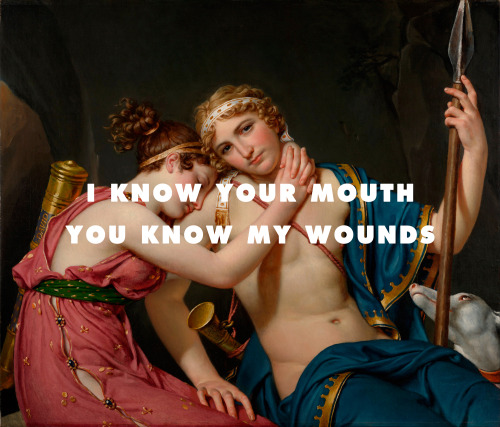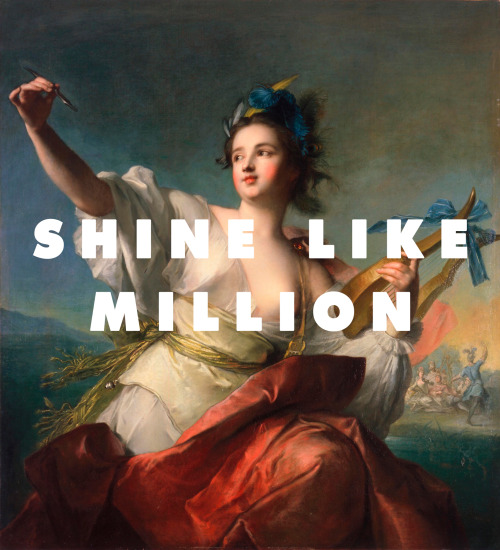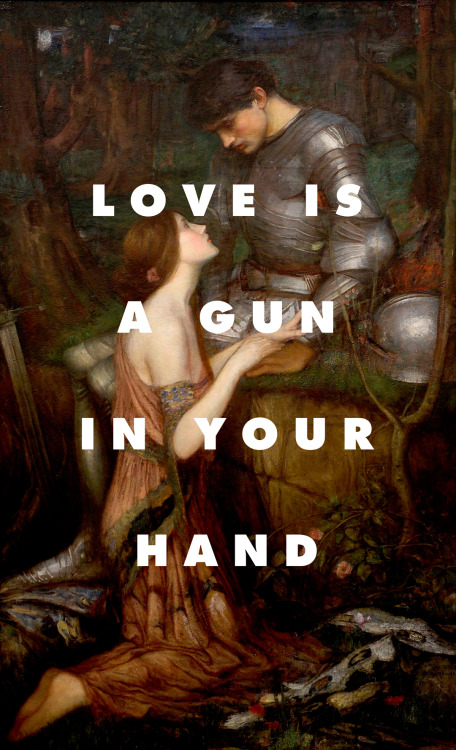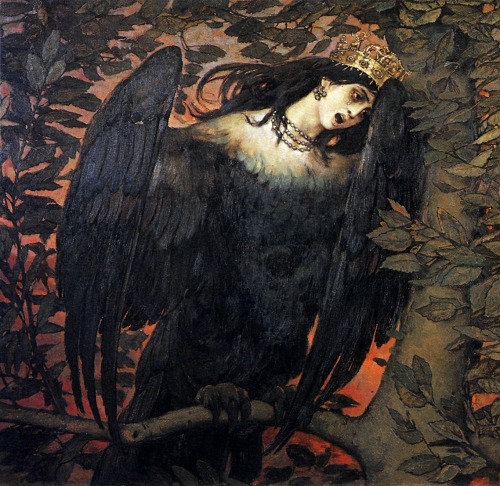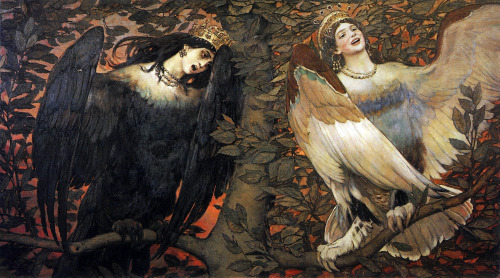#mythological painting
Bellerophon, Pegasus, and Athena.
Fresco from the Caupona of Lucius Vetutius Placidus.
Pompeii, Antiquarium.
Photo by Sergey Sosnovskiy (CC BY-SA 4.0) - 2019
Post link
House of The Venus and The Four Gods, Pompeii
Venus of Pompeii, with Eros and cupids.
Diana, goddess of the moon.
Jupiter, the elder god.
Helios, god of sun.
Mercury, god of commerce.
These 5 paintings are what gave the house its name.The paintings of the 4 gods are on the facade along with a painting that depicts a religious procession.
Evidently this house belonged to a very religious family.
Photos by Sergey Sosnovskiy (CC BY-SA 4.0)
Post link
The goddess Artemis. Wall painting from the Casa della Danzatrice, Pompeii.
Naples Archaeological Museum, Italy.
Photo by Luigi Spina
Post link
Wall painting from the Thermopolium/Caupona of Tertius (IX.7.21) Pompeii.
Goddess Fortuna, with cornucopia and rudder. (Naples Archaeological Museum)
Someone, perhaps the owner of the tavern, wrote on the wall:
CACATOR - CAVE MALUM = Shipper, beware of Evil.
Post link
The mythological beings used to fly and dancing in the wall paintings of Pompeii.
From the Casa di Cicerone.
Naples Archaeological Museum.
Pictures from: las-palabras-magicas.blogspot. (July 2010)
Post link
Roman fresco in the House of Marcus Lucretius Fronto, Pompeii.
Scene from the tragedyAndromache, by Euripides. Orestes kills Neoptolemos at the altar of Apollo in Delphi. Despairing Hermione, wife of Neoptolemos but previously promised to Orestes, kneels at the foot of the altar.
Post link
Minerva, Juno, and Heracles
Wall painting in Hall of the Augustal, Herculaneum, Italy
By: Sergey Sosnovskiy
Post link
Omphale and Heracles. Fresco from Pompeii (VII 16-10)
The fresco depicts Heracles drunk in the presence of the Lydian queen Omphale; an attempt to show the power of wine and the god Bacchus.
Naples Archaeological Museum.
Post link
Maenad and cupid. Fresco from the House of Lucio Cecilio Giocondo, Pompeii
Naples Archaeological Museum, Italy
By: Sailko (CC BY-SA 3.0) via Wikimedia Commons.
Post link
Wall painting from Pompeii.
Above: two lares with rhyton and situla, genius offering at an altar, flute-player, servant with vase and servant pushing a pig to the altar; below: altar with fruits and eggs between two Genius Loci snakes.
Naples Archaeological Museum, Italy.
By: ArchaiOptix (CC BY-SA 4.0) via Wikimedia Commons
Post link
Herbert James Draper, The Gates of Down(1900)
The painting represents Aurora, the Roman Goddess of the Dawn.
Post link
Gustave Moreau, Oedipus and the Sphinx (1864)
“This painting represents the moment when Oedipus confronts the winged monster outside Thebes and must solve her riddle to save his life as well as those of the besieged Thebans.”
Post link
Viktor Vasnetsov, Three princesses of the Underworld (1884)
It is an interpretation of the well-known Slavic legend, “Three Princesses of the Underworld.” The one in black is the princess of coal, the symbol of the Donets Basin.
Post link

Charles-André van Loo (1705-1765)
“River God”
Oil on canvas
Located in the Nationalmuseum, Stockholm, Sweden

René-Antoine Houasse (c. 1645-1710)
“The Birth of Minerva”
Oil on canvas
Located in the Palace of Versailles, Versailles, France

The Reconciliation of Helen and Paris after His Defeat by Menelaus, Richard Westall, 1805
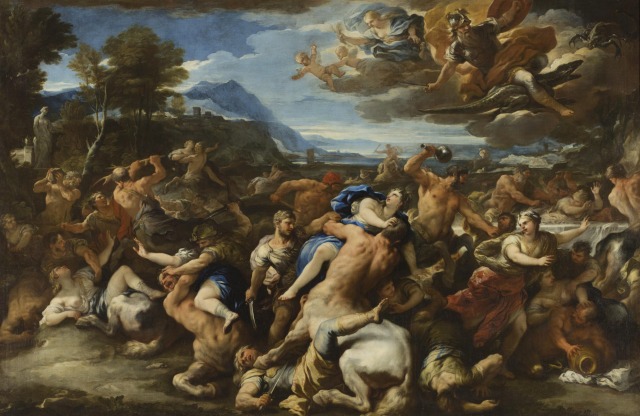
Battle of Lapiths and Centaurs, Luca Giordano, ca. 1688
Fresco from Temple of Isis,sacrarium, north wall, Pompeii (VIII, 7, 28)
Above: navigium Isidis (boat of Isis) and another boat between two busts of Serapis; below: cista mystica between two snakes (similar to a lararium)
Naples Archaeological Museum, Italy.
By: ArchaiOptix, CC BY-SA 4.0, via Wikimedia Commons.
Post link




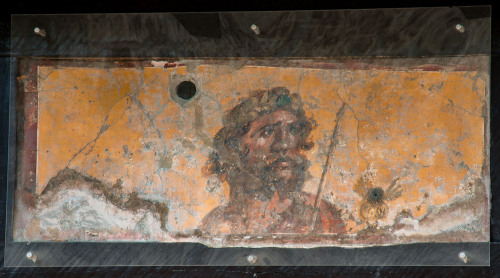
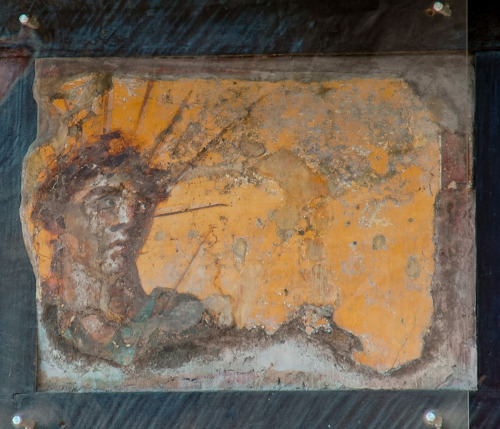
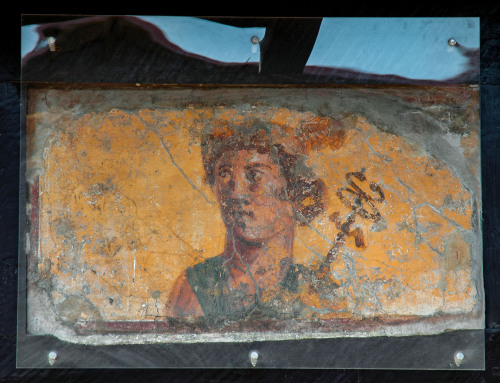



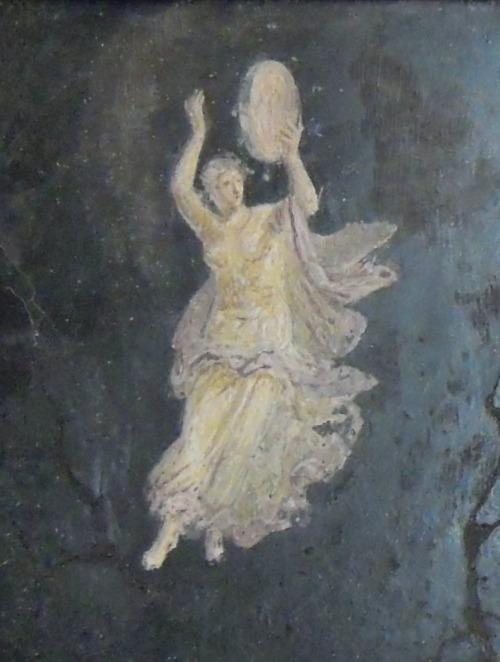

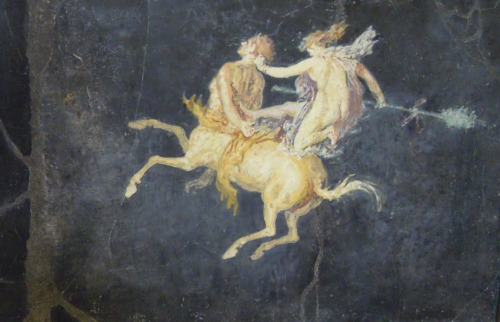




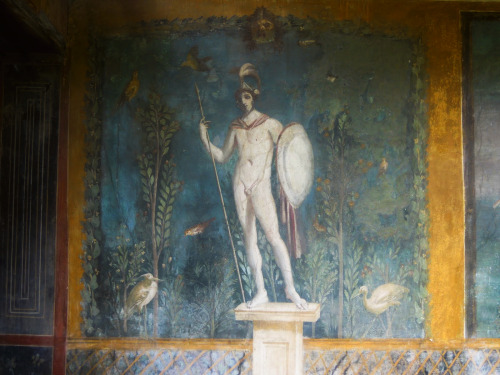
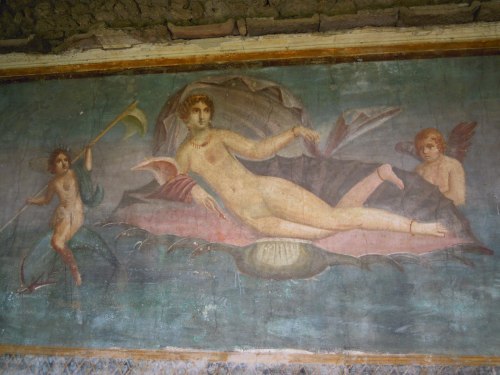



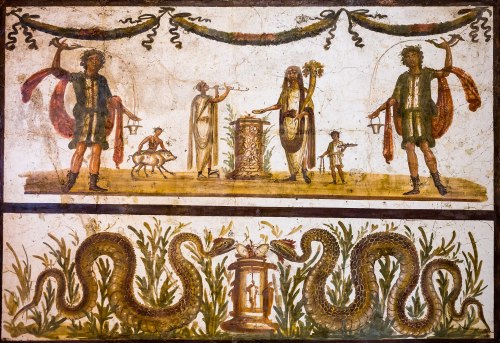

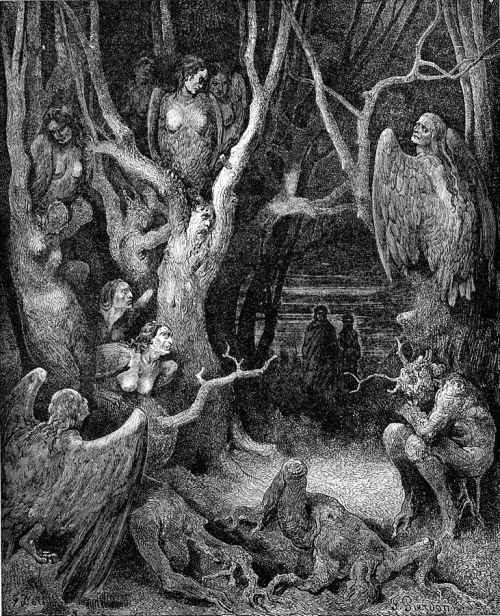

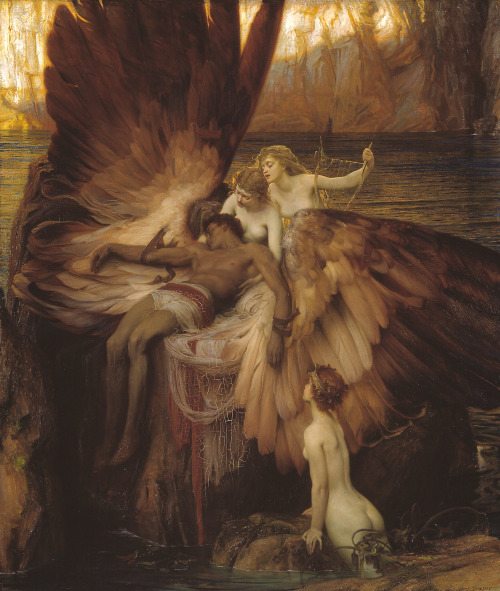
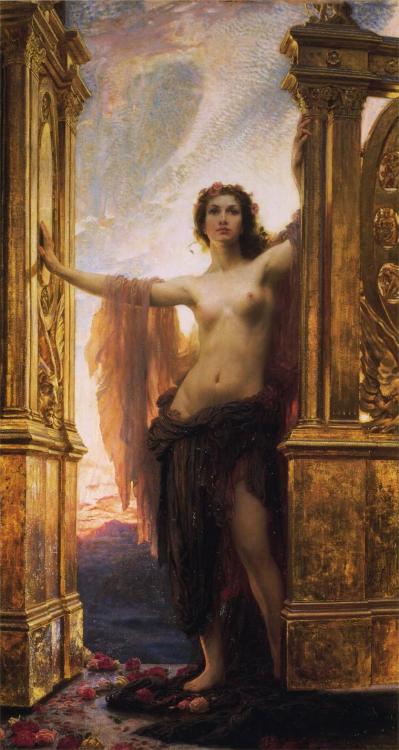

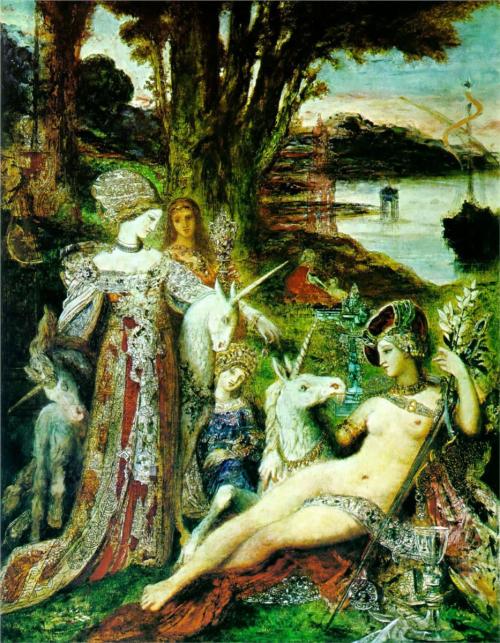
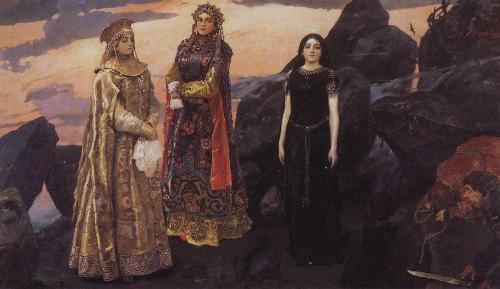
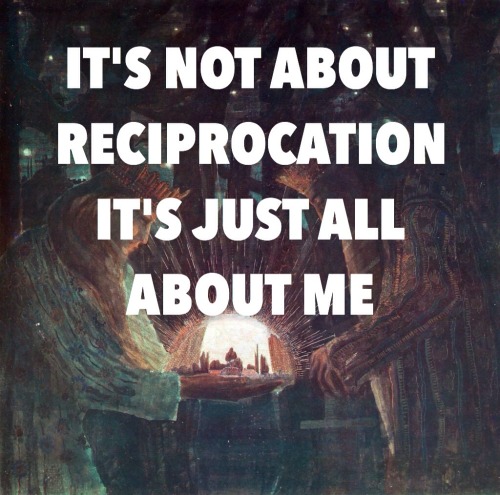
![Detail of Les Oréades [The Oreads],Bouguereau (1902) | Inhaler, Foals (2012) Detail of Les Oréades [The Oreads],Bouguereau (1902) | Inhaler, Foals (2012)](https://64.media.tumblr.com/6c40dd4c62e573d17c5846ac22294341/tumblr_ob4zh66l6o1thsemfo1_500.jpg)
